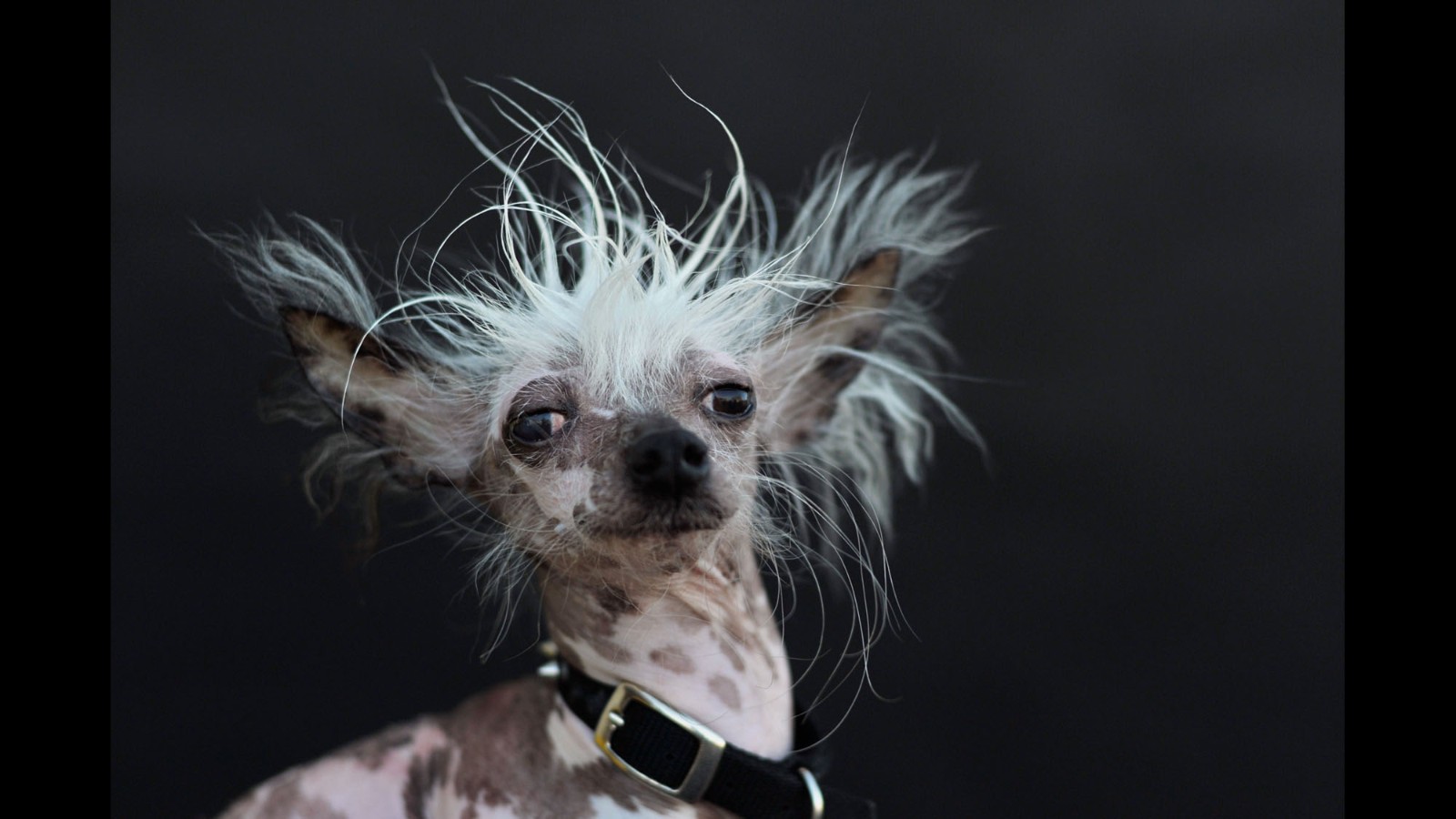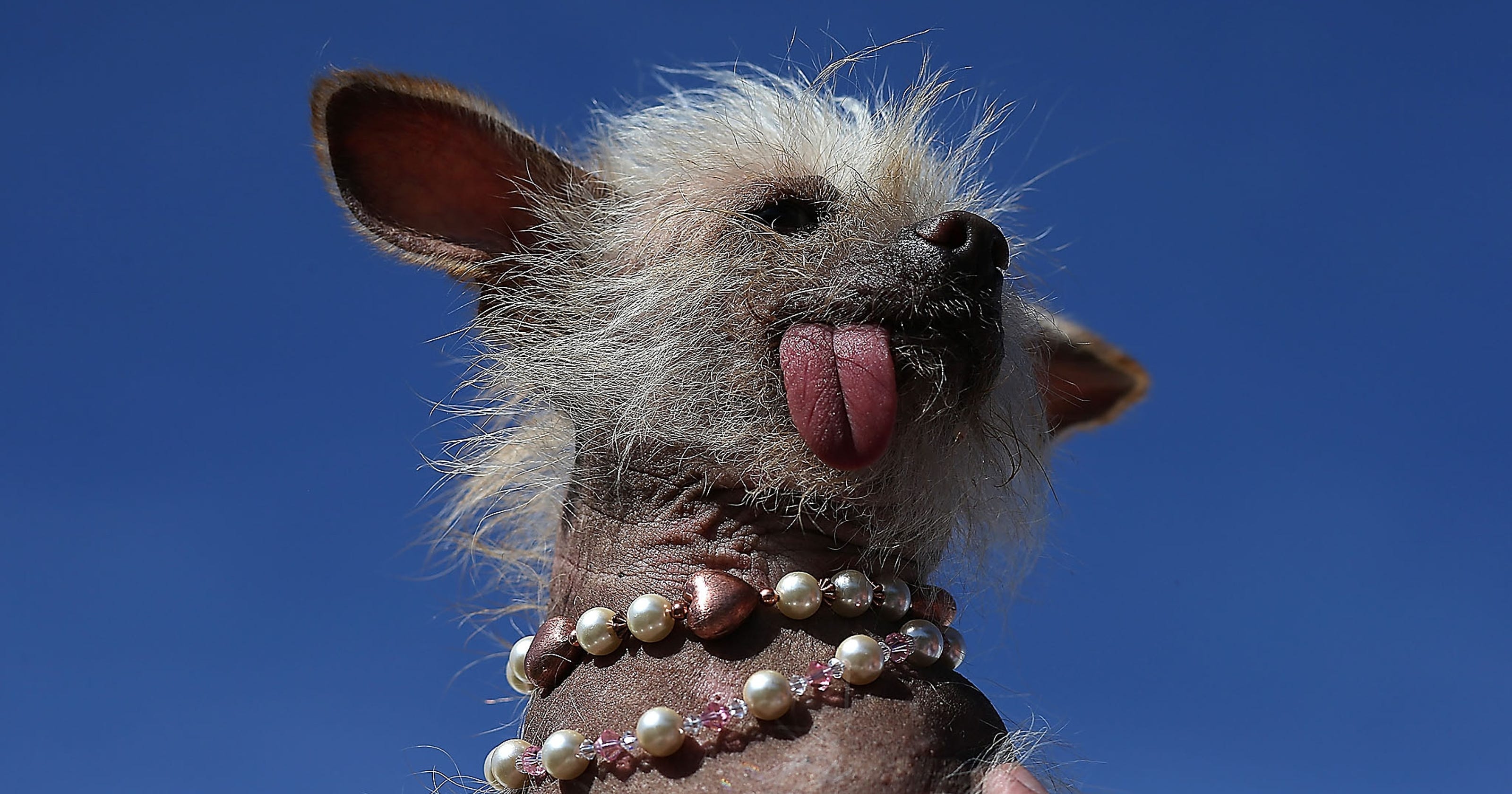Let's talk about the concept of the "ugliest human" and why it's so important to address this sensitive topic. In today's world, where beauty standards dominate social media, we need to have an honest conversation about how these perceptions affect real people. It's time to redefine what "ugliest" really means and understand the human side of this controversial topic. This article dives deep into the subject, exploring its complexities and offering a fresh perspective.
Now, before we dive in, let's get one thing straight – the term "ugliest human" is often misused and misunderstood. Society has a weird obsession with labeling people based on their appearance, but there's so much more to a person than what meets the eye. In this article, we'll explore the history, science, and cultural significance of this topic, shedding light on the human stories behind the labels.
Beauty and ugliness are subjective concepts, yet they hold immense power in shaping how people perceive themselves and others. As we unpack the layers of this subject, you'll discover that the "ugliest human" isn't just about physical appearance. It's about breaking stereotypes, embracing diversity, and celebrating the uniqueness of every individual. So, let's get started and see where this journey takes us.
Read also:Sebastian Maniscalco Wife Jewish A Closer Look Into His Life And Love
Understanding the Concept of the Ugliest Human
What Defines the Ugliest Human?
When we talk about the "ugliest human," we're stepping into a realm where societal norms and personal biases collide. But what exactly defines someone as "ugly"? Is it physical traits, cultural influences, or something deeper? The truth is, beauty standards vary wildly across different cultures and time periods. For instance, in ancient Egypt, a slender nose was considered a sign of beauty, while in some African tribes, scarification was seen as a mark of beauty and strength.
Here’s a quick breakdown of factors that influence how we perceive "ugliness":
- Societal expectations
- Media representation
- Cultural norms
- Personal biases
- Historical context
It's crucial to remember that what we consider "ugly" today might have been celebrated in another era. So, let's not be too quick to judge based on fleeting trends.
The History of Beauty Standards
From Ancient Times to Modern-Day Trends
Beauty standards have evolved dramatically over the centuries. Back in the day, the ideal woman in ancient Greece was tall, fair-skinned, and had a well-proportioned body. Fast forward to the Victorian era, and suddenly, pale skin and a delicate frame became the norm. Nowadays, social media platforms like Instagram and TikTok dictate what's "hot" or "not," creating a whirlwind of confusion for many.
Let’s take a look at how these standards have shifted:
- Ancient Greece: Symmetry and proportion
- Medieval Europe: Pale skin and full figures
- 1920s: Flapper style and short hair
- 1950s: Curvy figures à la Marilyn Monroe
- 2000s: Ultra-thin models and airbrushed perfection
See how things have changed? What was once considered "ugly" can become "beautiful" with the right context. It's all about perspective, baby!
Read also:Apologizing Gracefully The Ultimate Guide To Sending An Im Sorry Message
Science Behind Perceived Ugliness
Why Do We Find Some Traits Unattractive?
Science plays a big role in shaping our perceptions of beauty and ugliness. Studies suggest that humans are naturally drawn to symmetrical faces because they signal good health and genetic fitness. On the flip side, asymmetrical features or visible imperfections might be perceived as "ugly" due to evolutionary wiring. But here's the thing – our brains are wired to adapt. What seems unattractive today might not bother us tomorrow.
Check out these fascinating facts:
- People with symmetrical faces are often rated as more attractive
- Eye contact and smiles play a huge role in perception
- Context and familiarity can change how we view someone
So, the next time you catch yourself judging someone's appearance, remember that your brain might just be playing tricks on you. Give them a chance – you might be surprised by what you discover.
Cultural Impact on Beauty Perceptions
How Different Cultures View the Ugliest Human
Culture has a massive impact on how we perceive beauty and ugliness. In some parts of the world, fuller figures are celebrated, while in others, slimness is the ideal. Even something as simple as facial hair can be seen as attractive or unattractive depending on where you are. For example, in certain Middle Eastern cultures, beards are seen as a sign of wisdom and maturity, while in Western societies, clean-shaven faces are often preferred.
Here’s a glimpse into cultural differences:
- In Japan, minimal makeup and natural beauty are prized
- In Africa, tribal markings are seen as beautiful and meaningful
- In South Korea, porcelain skin is the ultimate goal
It's amazing how diverse our world is, isn't it? Embracing these differences is key to redefining beauty standards and moving away from the "ugliest human" narrative.
Media's Role in Shaping Beauty Standards
From Magazines to Social Media
Media has always been a powerful force in shaping how we view beauty. Magazines, TV shows, and movies have long dictated what's considered "beautiful" or "ugly." But with the rise of social media, the influence has become even more pervasive. Platforms like Instagram and TikTok are filled with airbrushed perfection, making it harder for people to feel good about their natural looks.
Here’s how media affects perceptions:
- Airbrushed images set unrealistic expectations
- Influencers promote specific beauty ideals
- Photoshop and filters distort reality
While media can be a double-edged sword, it also offers opportunities for change. More and more brands are embracing diversity and showcasing real people in their campaigns. It's a step in the right direction, but we still have a long way to go.
Embracing Diversity and Individuality
Celebrating Unique Features
One of the best ways to combat the "ugliest human" stereotype is by celebrating diversity and individuality. Every person is unique, with their own set of features and characteristics that make them special. Instead of focusing on what makes someone "ugly," we should highlight what makes them beautiful in their own way.
Here’s how you can embrace diversity:
- Compliment people on their unique traits
- Support brands that promote inclusivity
- Challenge your own biases and perceptions
By shifting our focus from conformity to individuality, we can create a more accepting and compassionate world. It's time to stop comparing ourselves to others and start celebrating our differences.
Psychological Effects of Being Labeled "Ugly"
The Impact on Mental Health
Being labeled as "ugly" can have serious psychological effects on a person's mental health. Studies show that people who feel unattractive are more likely to experience anxiety, depression, and low self-esteem. The pressure to conform to beauty standards can be overwhelming, especially for young people who are still discovering their identity.
Here’s what you can do to help:
- Offer support and encouragement to those who feel unattractive
- Challenge negative self-talk and promote self-love
- Create a safe space for open conversations about appearance
It's important to remember that words have power. By choosing kindness and compassion, we can make a real difference in someone's life.
Breaking Stereotypes and Redefining Beauty
Challenging the Status Quo
Breaking stereotypes and redefining beauty is essential for creating a more inclusive society. We need to move away from narrow definitions of beauty and embrace a broader, more diverse perspective. This means celebrating all shapes, sizes, colors, and features, regardless of societal norms.
Here’s how you can contribute:
- Share stories of people who defy traditional beauty standards
- Support movements that promote body positivity
- Encourage open discussions about beauty and diversity
Together, we can create a world where everyone feels valued and appreciated for who they are, not just how they look.
Conclusion: Redefining the Narrative
As we wrap up this deep dive into the world of the "ugliest human," it's clear that beauty is far more complex than society often portrays. By understanding the history, science, and cultural influences behind beauty standards, we can begin to challenge outdated perceptions and create a more inclusive world.
Here’s a quick recap of what we’ve discussed:
- Beauty standards vary across cultures and time periods
- Science plays a role in shaping our perceptions of beauty
- Media has a significant impact on how we view ourselves and others
- Embracing diversity and individuality is key to redefining beauty
Now, it's your turn to take action. Leave a comment below sharing your thoughts on this topic. Let's keep the conversation going and work together to create a world where everyone feels beautiful in their own way. And don't forget to share this article with your friends – the more we talk about it, the more change we can make!
Table of Contents
- Understanding the Concept of the Ugliest Human
- The History of Beauty Standards
- Science Behind Perceived Ugliness
- Cultural Impact on Beauty Perceptions
- Media's Role in Shaping Beauty Standards
- Embracing Diversity and Individuality
- Psychological Effects of Being Labeled "Ugly"
- Breaking Stereotypes and Redefining Beauty
- Conclusion: Redefining the Narrative


